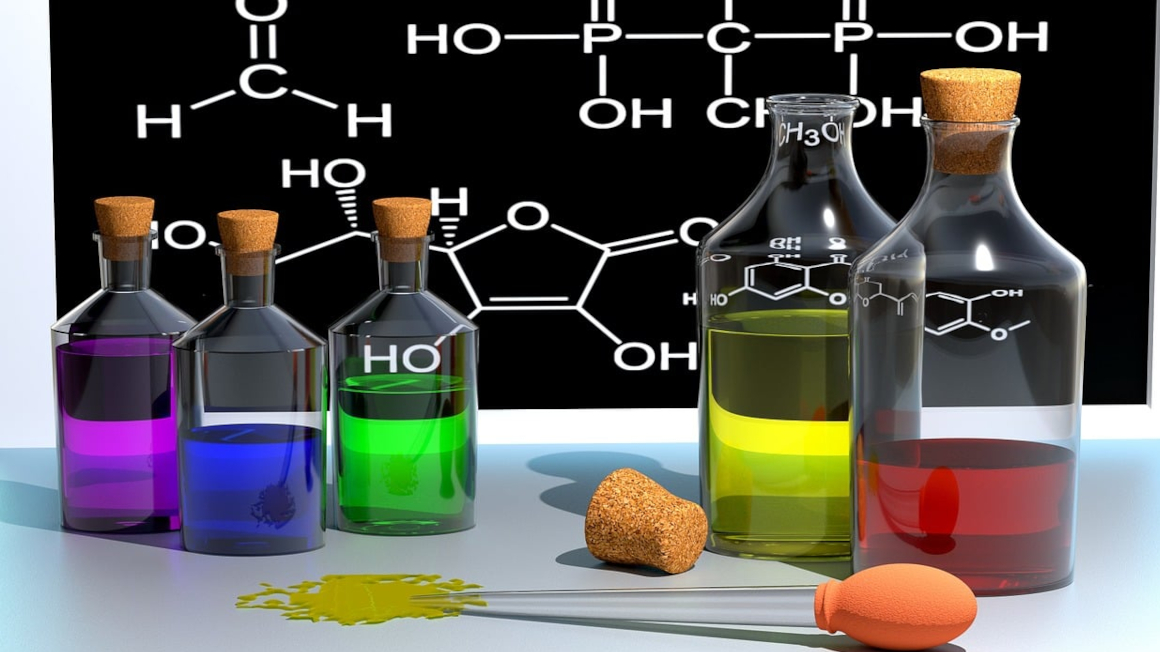Bacteria enable beetles to digest leaves
Researchers from Jena report that the symbiosis of the thistle tortoise beetles with a specific bacterium allows them to digest plant cell walls.

Many animals are herbivores. However, the plant cell wall contains cellulose and pectin – both of which are very difficult to digest and require specific enzymes for their break down. Throughout evolution many symbioses between microbes and herbivores have emerged in order to derive the most use out of their vegetable nourishment. The thistle tortoise beetles are an extraordinary example for such a symbiosis. According to a recent study in the journal “Cell” by researchers from the Max Planck Institute for Chemical Ecology, the beetle would not be able to digest the plant cell walls and gain access to the nutrients inside the plant cells without its symbiotic microbes and their enzymes.
Symbiotic bacteria replace deficient enzymes
„The bedrock of our study were the histological descriptions and drawings of the beetle’s symbiotic organs that were first published by the German zoologist Hans-Jürgen Stammer more than 80 years ago. We wanted to molecularly characterize the extraordinary partnership between a leaf beetle and its symbionts described by Stammer as a rare peculiarity,” first author Hassan Salem explains. According to a study by Stammer in 1936, tortoise beetles are equipped with unusual organs: sac-like reservoirs in the guts of the beetles therein which the symbiotic bacteria reside. Female beetles transfer the symbionts to their offspring. Previous studies had shown that these beetles were able to digest the components of plant cell walls like cellulose and pectin despite their lack of pectinase enzymes. The current study now demonstrates that the missing enzyme is compensated for by the close symbiotic relationship with the bacterium.
The bacteria with the tiniest genome outside a host cell
In fact, by analysing the enzyme activity the researchers were able to show that the beetles were unable to digest pectin in order to gain access to the nutrients in the cell without their symbionts. “As a consequence their chances of survival decreased,” says Roy Kirsch from the MPI for Chemical Ecology. Moreover, the scientists discovered another peculiarity: the bacterium contains the smallest genome ever described for an organism that exists outside a host cell. The genome of the microorganism is reduced to only a few hundred genes, among them some genes that regulate the production and transport of pectinases. Accordingly, the genome is rather tiny, containing only approximately 270.000 base pairs. In comparison, the Escherichia coli bacteria, which live inside the gut of many animals including humans, contain approximately 4.600.000 base pairs, about 17 times as many as the beetle microbe.
Division of labour between beetle and microbes
A clear division of labor characterizes the symbiosis between the beetle and its symbiont: “The beetle host possesses the genes responsible for producing cellulases to digest cellulose, whereas the symbiont provides the pectinases. Together they have the necessary enzymes to break down the plant cell wall. Especially notable is the fact that this is the first description of a specialized bacterial symbiont with a primary or even sole function dedicated to pectin degradation,” Hassan Salem summarizes.
jmr


